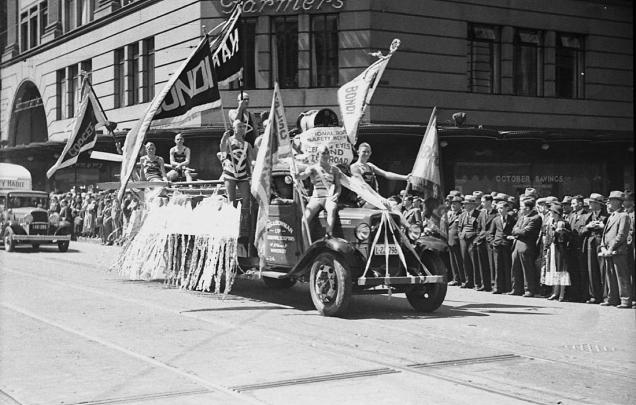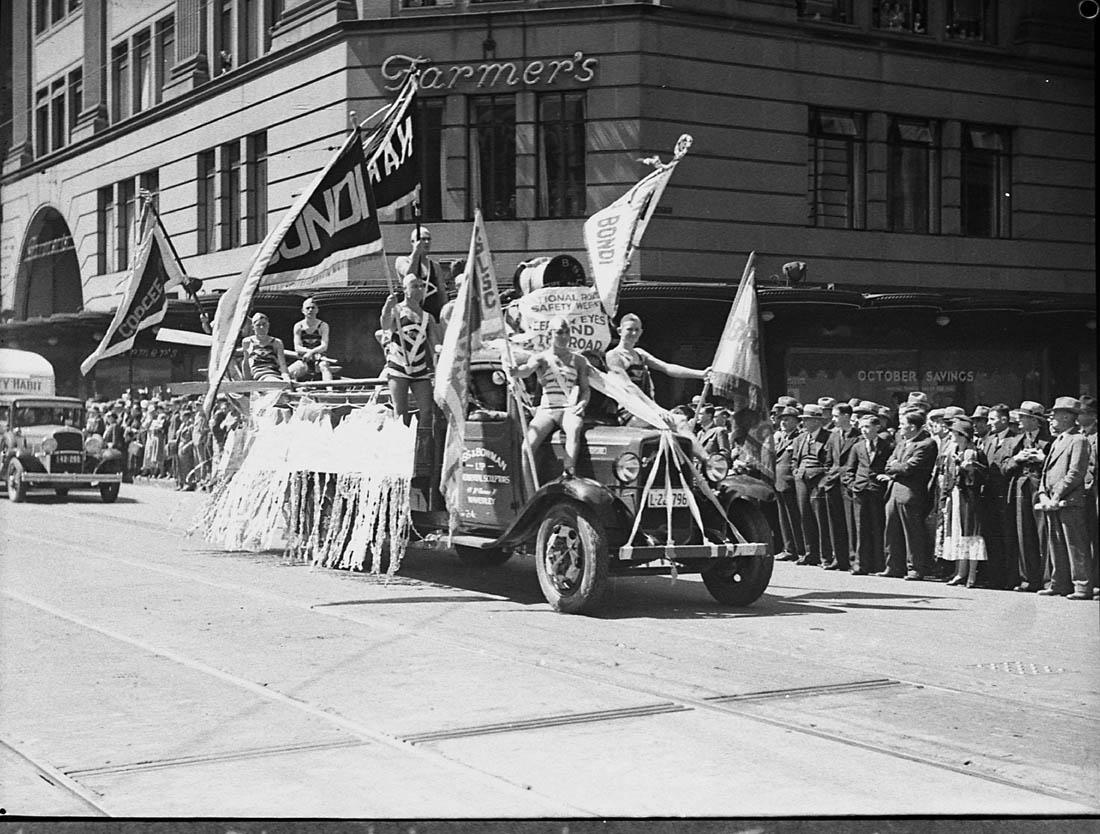Design a float for a Road Safety Week procession

The pitch

Notes for teachers
Aspects of Road Safety that may be chosen as a focus for each float design include:
- when wearing a seatbelt
- use of car seats and booster seats
- when travelling near a school
- riding a bike or scooter
- getting in and out of a car
- crossing the road
- using the footpath
- crossing at traffic lights
- crossing at pedestrian crossings
- wearing a helmet
- recognising and responding to road signs
- using mobile phones or other devices while driving
- baby and toddler safety in and around cars pet safety in and around cars
- the presence of loose objects in cars
Explanation of a Pitch
Explain to the students that a pitch happens when you verbally present an idea for a project in the hope that it will be approved for production.
It is a short spoken presentation that may use props or displays.
What is a slogan?
A slogan is a short phrase or group of words that might be used in marketing or in a religious or political context to express an idea. A slogan is usually a phrase or one or two short sentences.
Slogans can be written, visual or spoken. Sometimes they are chanted.
The word slogan is an Anglicised version of the Scottish word sluagh ghairm tanmy, meaning a war cry.
The most common form of slogan is that used in advertising. Slogans that are used for marketing or advertising are called taglines in the USA and strap lines in the United Kingdom.
In Japan they are called catch-copy because they are intended to catch people’s attention and make them remember a product or service.
The purpose of an advertising slogan is to communicate the benefits of a product or service and to persuade people to buy it. Slogans are called pay-offs in Italy for this reason.
A slogan might be used to try and change behaviour or thinking, as in a road safety campaign.
Features of a road safety slogan
- simple and concise
- witty and has a sense of personality
- catchy or hard to forget
- friendly and easy to believe
- makes the reader or viewer feel an emotion
- inspires a need or desire to buy the product
Language features of an advertising slogan
- euphonious - musical or pleasant sounding (easy to say)
- alliteration (repetition of the consonant sound)
- assonance (repetition of a vowel sound)
- puns (words with one or more meanings) or wordplay e.g. Monkey has two meanings in “Don’t monkey about”, from Sam Hood’s photograph
- brevity (brief and uses few words)
You have been invited to design a float that will participate in this year’s Road Safety Week procession.
The float might appear on the back of a ute or be pulled on a trailer behind a truck or car.
The choice of design is up to you.
The purpose of your float is to promote an aspect of road safety as part of Road Safety Week celebrations.
Each float should include a road safety message or slogan.
Your float might feature a sporting group, celebrity or prominent personality. Consider who might be a good ambassador or role model for road safety.
Look at the float below, which features lifesavers from the Bondi Surf Life Saving Club.
Their poster (which is difficult to read) appears to advise people viewing the parade to “KEEP BOTH EYES ON THE ROAD” when driving.
Work in pairs to develop a pitch or proposal for a float to participate in the Road Safety Week procession. You may you the table (attached to this task) to brainstorm your ideas before choosing one to focus on for your pitch. Your teacher may decide that the pitch activity should focus on an aspect of road safety such as travelling to school or getting in and out of cars.
Present your pitch to your teacher or class.
Your pitch should be ONE minute in length (no more than about 150 words).
Your pitch should outline:
- the aspect of road safety to be promoted
- a description of the float and any props or costumes that will be used
- the road safety slogan or message that will be displayed on the float.
Your pitch should include:
- a quick sketch of the float (use an A3 sheet so that the image is large enough for your audience to see)
- a copy of the sign that will display the slogan (at least A4 in size)
Your teachers and peers will now give you some feedback on what they like about your idea and they may suggest other ideas to improve your road safety message.
The float design
After your pitch (from Task 1) has been given approval and you have received feedback from your teacher and peers you are ready to draw your final design for the Road Safety Week Float. Your designs should include:
- a detailed drawing of the float
- a final version of your sign that displays the slogan – you may choose to do this life sized
- a drawing of the costumes and props that will be used. You may like to dress up and make or bring the props in from home.
- an explanation on which celebrity you have chosen to promote your message. Why have you chosen this individual? Imagine they have been interviewed by a radio station about their participation in Road Safety Week. Write a quote from your celebrity from their discussion with the media.
Twitter promotion
Promote your Road Safety Week campaign (developed in Tasks 1 and 2) using the 140 characters of a Tweet.
A perfect tweet that uses exactly 140 characters is known as a Twoosh. You may use any of the ideas from Task 1 and 2 in your tweet – challenge yourself to make the perfect ‘twoosh.